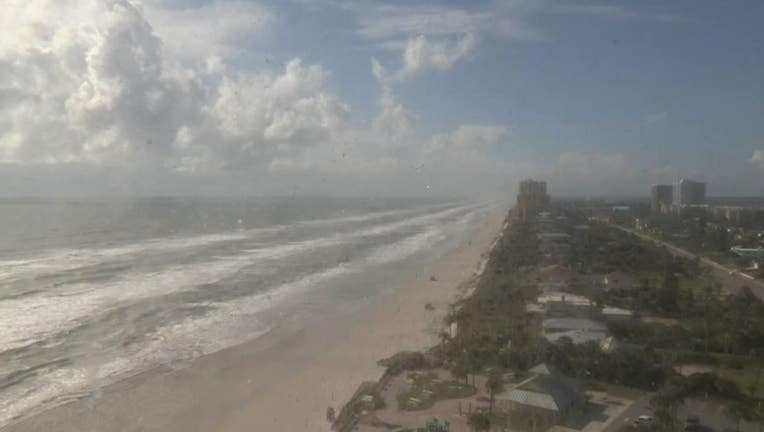Rip Currents: What are they and how to swim to safety

Rip current safety and precautions to take in summer.
ORLANDO, Fla. - The hot weather and inviting waterways are catching traction in the sunny state of Florida, therefore, shark and alligator encounters are of high risk - what about rip currents?
Rip currents are just a few of the hazards to be aware of in Florida. They appear in surf zones and can range from 50 to 100 feet wide, and can extend to 100 yards offshore, says Ocean Today of National Ocean Service.
With these ocean threats happening to beach goers, here are some information and safety precautions to know before your next beach trip:
What is a Rip Current?
Rip currents are powerful, narrow channels of fast-moving water that are prevalent along the East, Gulf, and West coasts of the U.S., as well as along the shores of the Great Lakes.
Why are Rip Currents dangerous?
According to Ocean Today, panicked swimmers often try to counter a rip current by swimming straight back to shore - causing them to get fatigue and putting themselves at risk of drowning.
Where are Rip Currents commonly formed?
Rip currents are commonly formed at low spots or breaks in sandbars and also near structures such as piers and jetties.
How can I spot a Rip Current?
- Pay attention to any channel of choppy water
- A color change in a particular area
- A line of seaweed, foam or debris moving gradually towards the sea
- A break in the incoming wave pattern
Do Rip Currents pull people underwater?
No, rip currents only pull people away from the shore, not underwater. It flows horizontally in an offshore direction.
How do I avoid getting caught in a Rip Current?
- Always be alert and precautious at the beach
- Check water conditions before going in by looking at the local beach forecast
- Only swim at beached with lifeguards on stand
- Check signs and flags for beach conditions
- Do not panic and swim parallel to shore until you feel the current lessen and then swim to shore.

